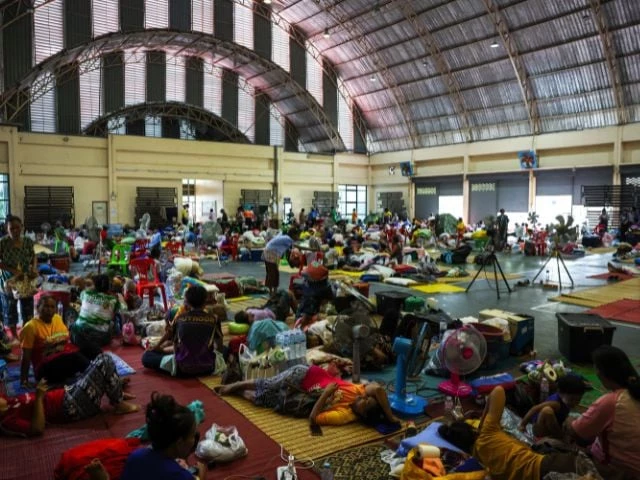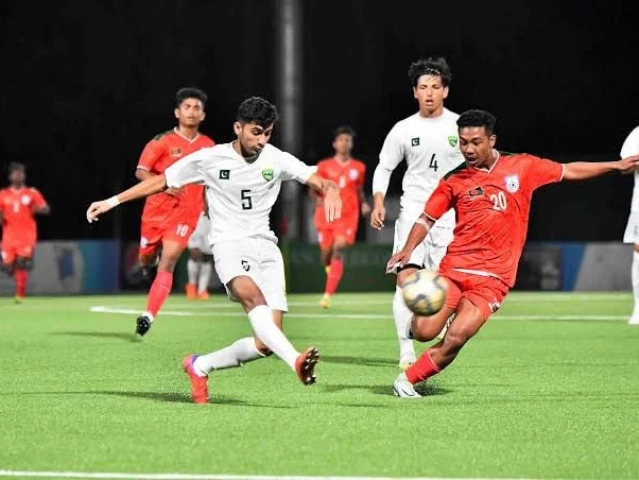Understanding the Thailand-Cambodia Border Conflict: A Deep Dive
Recent events along the Thailand-Cambodia border have escalated dramatically, sparking fears and concerns in both nations. What began as a minor clash has turned into one of the worst military confrontations in over a decade, highlighting the fragile relationship between these Southeast Asian neighbors.
On Saturday, clashes continued into a third day, with reports indicating at least 30 fatalities and over 130,000 people displaced. The reasons behind this surge in violence stem from a long-standing territorial dispute, particularly over historical sites like the Ta Moan Thom and Preah Vihear temples. Though the International Court of Justice awarded the latter to Cambodia in 1962, tensions have lingered, especially after Cambodia sought UNESCO World Heritage status in 2008.
In a bid for diplomacy, both countries assert that they are acting in self-defense. Yet, claims of military aggression have been exchanged. Thailand’s ambassador to the United Nations emphasized the need for dialogue, urging Cambodia to cease hostilities, while Cambodia’s defense ministry accused Thailand of unlawful military actions.
As the situation develops, it’s crucial for local and international communities to monitor the conflict closely. The humanitarian impact is evident, with temporary shelters established for those displaced by the fighting. People like Chianuwat Thalalai, a hotel worker in Sisaket province, have witnessed their towns empty, showcasing the direct human cost of political discord.
The Importance of Dialogue
Both governments have expressed a strong desire to resolve the conflict through diplomatic channels. Thailand’s call for a ceasefire has been reiterated, alongside an invitation for negotiations. However, these overtures are complicated by longstanding mistrust, making genuine dialogue challenging.
Moving Forward
While the situation remains tense, understanding the historical context can provide insight into potential resolutions. Engaging in constructive conversations and fostering diplomatic relationships is vital. The crisis exemplifies the significance of peace building not just in Southeast Asia, but globally.
If you’re interested in learning more about international relations and conflict resolution, resources from platforms like Pro21st can help deepen your understanding and facilitate meaningful discussions.





